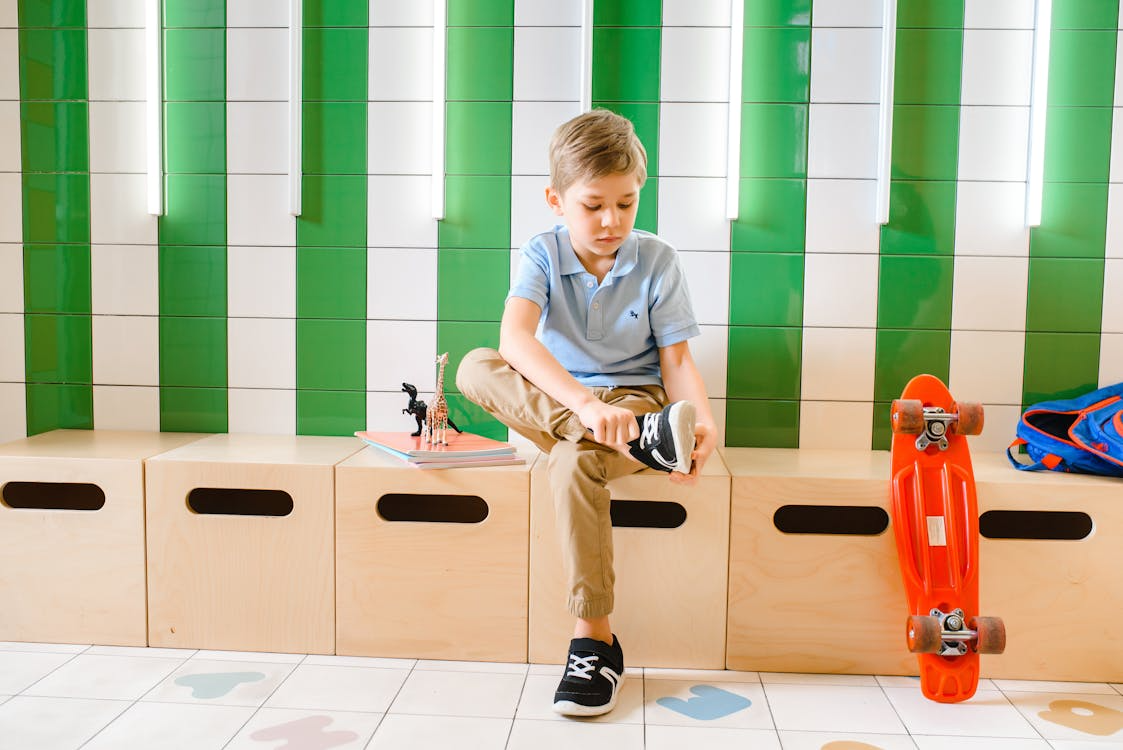Remember when everyone swore open offices were the future? Then came 2020, and suddenly we realized that people need some quiet space to think. Now we're stuck in this weird middle ground where nobody knows if their team will show up on Tuesdays or Thursdays, and your office layout needs to handle both scenarios without looking like a furniture store exploded. Here's the thing about hybrid work: it's messy. Some days your office is packed with people fighting over conference rooms, and other days it feels like a ghost town with three people rattling around in a space built for thirty. Your furniture needs to keep up with this chaos, or you'll end up with empty desks taking up valuable real estate and nowhere for people to actually collaborate when they do come in. The old "pick a lane" approach doesn't cut it anymore. You can't commit fully to private offices, but going all-in on open benching leaves people with zero privacy for focused work or sensitive conversations. What you need is furniture that doesn't force you to choose. The secret sauce here is modular pieces that can shift based on what your team needs that day, week, or month. Think of it like Lego blocks instead of a finished puzzle. When you invest in quality commercial office furniture that's designed for flexibility, you're not just buying desks and chairs; you’re buying options. Here's what actually works in practice: Mobile dividers and acoustic panels that create instant privacy without construction. Roll them out for focus time, tuck them away when you need the space to breathe. They're lifesavers for video calls when the office is buzzing with activity. Height-adjustable desks that aren't assigned to anyone specific. People can claim a spot, adjust it to their preferences, and someone else can use it the next day. No territorial disputes, no wasted space. Modular seating clusters that can morph from a collaborative hangout space into individual work nooks. Add a few privacy screens, and boom, you've got quiet zones. Remove them, and you've got room for an impromptu team huddle. Rolling storage units instead of fixed filing cabinets. People can bring their own stuff, and you can reconfigure the floor plan without calling in a moving crew. Look, nobody wants to throw out their entire office setup and start from scratch. The smart move is to phase things in gradually. Start with one zone maybe your current "collaboration area" that nobody actually uses, and test out some flexible furniture there. See how people interact with it. Adjust. Then expand. The biggest mistake companies make is overthinking this. You don't need a Pinterest-perfect office with every trendy piece of furniture. You need stuff that's durable, easy to move, and doesn't require an engineering degree to reconfigure. Your facilities team will thank you, and so will your budget. One more thing: involve your actual employees in the process. They know what's frustrating about your current setup. They know where the bottlenecks are. A quick survey or casual conversation can save you from investing in furniture that looks great in a catalog but bombs in real life. The hybrid office isn't going anywhere, so your furniture strategy needs to embrace flexibility rather than fight it. When your space can adapt as quickly as your work style changes, everyone wins.The Reality of Modern Workspaces
Furniture Solutions That Actually Adapt
Making the Switch Without the Headache




Want to add a comment?